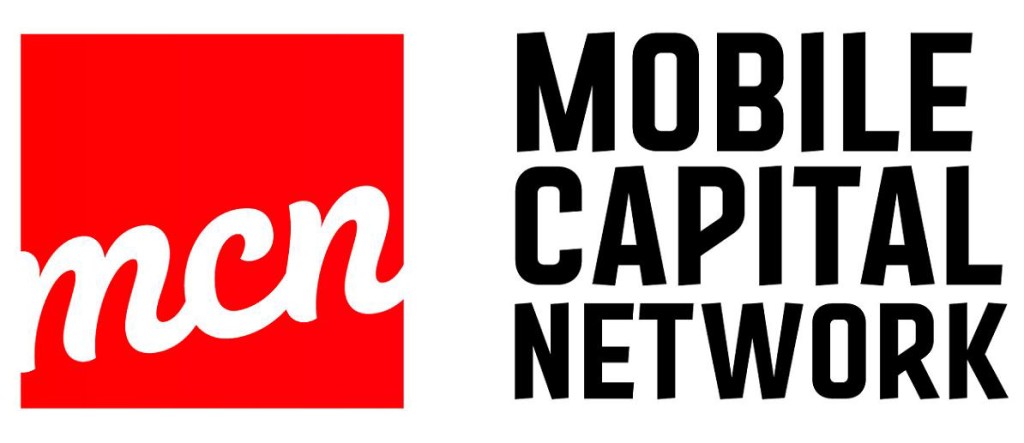Entrepreneur A: “Our mobile application is the first of it’s kind, and saves people millions of dollars” CRA: “That’s nice, but sorry, your work isn’t eligible” — Entrpreneur B: “Our system was difficult to build, there was no documentation, and it was a black box” CRA: “Sorry not eligible” — Entrepreneur C: “Our system works faster than our competitors in the field, and it did it in a totally new way” CRA: “Sounds like there might be something, but sorry, not eligible” One of the biggest misconceptions about the SR&ED program is that it is about the products you are developing. While you may be solving problems and use technology to achieve things that were previously not possible, this is actually not what the program is intended to fund. This is easily the biggest problem that entrepreneurs face when describing their work for the purposes of a SR&ED claim. The SR&ED […]
Scientific Research and Experimental Development
Subcontractors who are Canadian (i.e. companies operating in Canada), or individuals in Canada hired on a subcontract basis and are performing SR&ED eligible work, can be claimed under the program. The difference between subcontractors and employees is simply the refund rate. Through the program, a higher return rate is applied to salaried employees versus subcontractors. There is another scenario involving subcontractors that people mistakenly think is a loophole to be exploited. In some cases, a company will hire a Canadian subcontractor (typically a company) to perform some SR&ED eligible development on their behalf. The Canadian subcontractor then outsources this work offshore. Some outsourcing companies present this as a way to win business as they can lower their costs to the client, while still allowing the client to claim SR&ED on their work. In fact, this is not a loophole, and is something that the CRA accounted for long ago. Through a directive, that […]
In 2014, the CRA started rolling out a new program for the first-time SR&ED claimants appropriately named the First-Time Claimant Advisory Service or FTCAS. The program is new, and there seems to be some confusion with respect to its objectives and consequences. The confusion seems to stem from the CRA’s description of the program and the way it is being implemented. On the one hand, the CRA states that “the FTCAS is not a review or an audit and the CRA staff will not make any determination of the eligibility of work or expenditures claimed”. On the other hand, in the same document, the CRA explains that “should a refund be expected as a result of filing a claim, it will be processed after the site visit.” After reading this, one would immediately wonder why the SR&ED refund is being processed after the site visit if during the visit the […]

